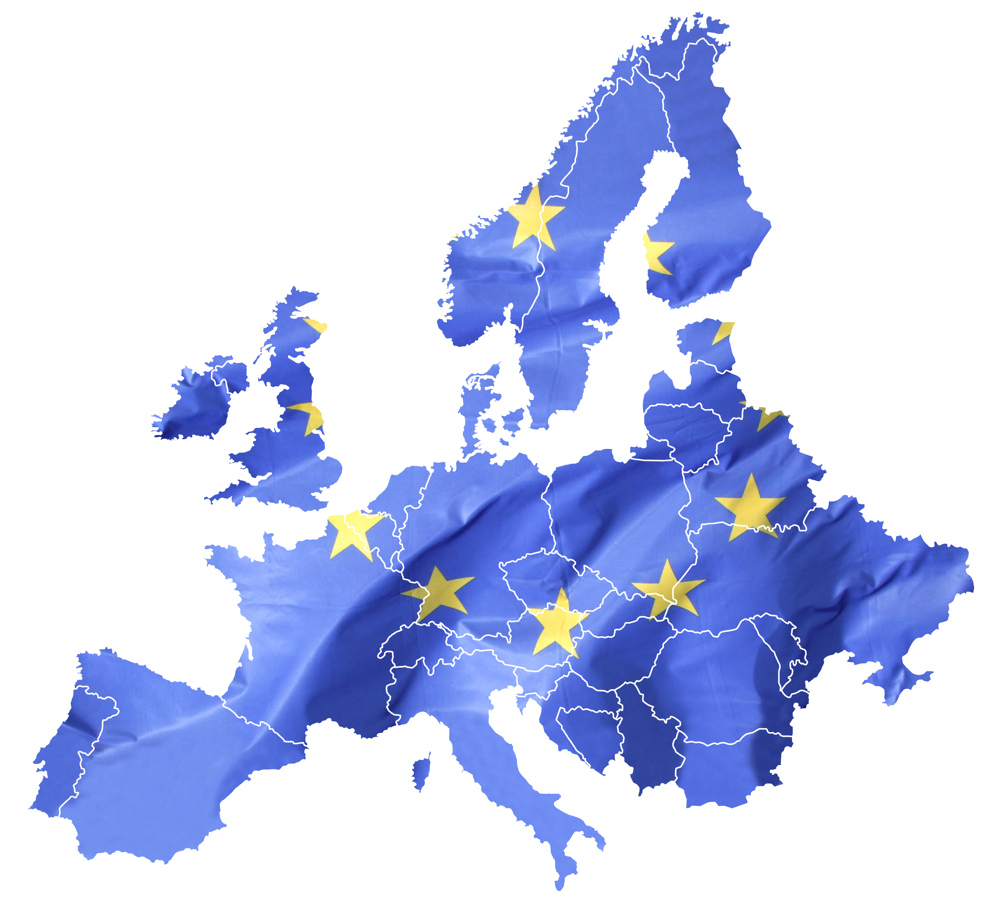
For the last twenty years people across Europe have worked within temporary EU-funded projects to think about, develop, and test the necessary elements of an EU health information system.
I started to become part of this work in 2006 while being involved in the development of the European Core Health Indicators and in another project that investigated how public health reports can generate an impact on policy-making. These projects were followed by a project which focused on indicators for regional public health monitoring and a project that applied the syndromic surveillance approach – an approach to identify changes in population health rapidly – in different EU countries.
This part of my personal job history illustrates the multi-facetted (and fragmented) history of projects and actions linked to health information in Europe and you can be certain of this: In the past twenty years there were many more health information projects conducted than the few that I have listed. For example, the Health Programmes Database of Chafea (Consumers, Health, Agriculture and Food Executive Agency), which only includes EU projects funded from 2003 onwards, lists more than 80 projects in the area of “indicators and data”.
This project-based work was important for sure, but due to its temporary nature it lacked continuity and sustainability. Population health monitoring is a routine task and should be the basis for evidence-informed policy making; however it can only bring real benefits for EU member states and the EU itself when it is based on a solid health information infrastructure and on permanent resources.
That’s why it was important to stop this method of project-based work and to start investing in joint actions like BRIDGE Health which aim to bridge the best EU health information projects and to prepare the transition towards a sustainable and integrated EU health information system.
Health information in Europe article collection
These articles illustrate why a turnaround is needed and why twenty years of project-based actions need to be transformed into permanent and sustainable structures.
Some of the topic-specific results of BRIDGE Health are now compiled in an article collection on Health information in Europe published in Archives of Public Health. These articles illustrate why a turnaround is needed and why twenty years of project-based actions need to be transformed into permanent and sustainable structures.
In this article collection, you can read about how more than 40 independent initiatives (including some outside the EU) have thought about health system performance indicators – collectively developing more than 2000 indicators. However, the BRIDGE Health consortium suggests that this massive list could be condensed to less than 100 indicators.
The article collection also discusses the importance of maintaining expert consortia and of continuing the work on tools like the Health Examination Survey to ensure quality and ongoing exchange. Furthermore, it is shown that regular assessments on the application of tools and indicators can support professionalization in the area of health information.
You can also read about how environmental health surveillance or cardiovascular disease monitoring could look like within a European health information system and how their set-up can be informed by already existing actions and tools in European member states.
And finally, sustainable structures will provide room and resources to think about the pros and cons of innovative data infrastructures for health information in the EU.
In summary, the article collection underlines that a sustainable health information system in the EU can be of added value for each member state and for the EU by supporting knowledge generation, knowledge management, knowledge exchange, and knowledge translation. As Scott Greer put it in 2014 “One of the clearest areas where the EU can add value to national efforts on health is through comparison of information and data, and synthesizing evidence and best practice.”
I also recommend reading BRIDGE Health’s concept paper, policy paper and the technical description of the envisaged HIREP-ERIC (European Research Infrastructure Consortium on Health Information for Research and Evidence-based Policy). These papers describe the relevance and sketch the potential organizational format of a future EU health information system.
Fortunately, this work is now continued within BRIDGE Health’s successor joint action InfAct. The InfAct consortium consists of partners from 28 countries across Europe who share the vision of a sustainable EU health information system that improves the use of health information data and expertise for a healthier Europe.
Very interesting topic, but I am commenting the picture chosen (by who)? to illustrate the article. It may involve participating regions in a specific project, among those mentioned (but this should be duly noted). Otherwise: Ukraina is in, with Belarus, and Bosnia and Serbia; Greece is out, two insular pieces of Italy are missing, Norway is there too… and several stars are missing. Is this the EU?